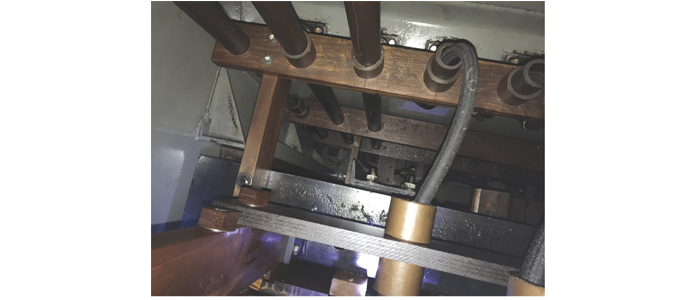- +61 7 3374 2877
- Email Us
This case study explores detection of severe faults and the overall monitoring process and procedure during an old transformer’s final months in service – its end-of-life. The study demonstrates how a utility was able to use Vaisala’s online DGA monitor to help systematically monitor, then remove and replace the transformer before it experienced any major operational failures or expose staff to safety risk.
Additionally, the case provides insight into how important keeping a transformer performing well through its end-of-life is, proving the return on investment from an online DGA monitor.
Case History
This case is from a utility operator in the Southern US, involving a 100 MVA transmission transformer equipped with a preventive autotransformer (PA), manufactured by Pennsylvania Transformer in 1958. It was nitrogen blanketed with mineral oil insulation and had ONAN/ONAF as its cooling system.
The transformer operated without any significant issues for its first 50 years, until 2010, when the first gassing patterns appeared. The situation remained stable until 2013 when an unknown event caused significant gassing. In just a few weeks, e.g. ethylene increased from 35 ppm to 100 ppm.
Based on the gases formed, only a high temperature fault in oil was initially suspected. It was not considered to be a dramatic fault, that is, not related to the transformer’s windings. It was clear that paper was not involved, as there was no significant increase in carbon monoxide, carbon dioxide or ethane found in the DGA analysis. The transformer was set under more frequent DGA follow-up and the situation again stabilised. No gassing was observed until later in 2017 when a new significant gassing event was observed, which later again stabilised.

In the Autumn of 2018 the transformer was relocated, and its oil degassed. The first problematic DGA sample at the new location was observed in May 2019. Gas levels continued to increase, and the transformer was powered off for closer inspection. At that point, the suspected faulty part was the preventative autotransformer of the LTC, sharing oil with the main tank. However, inspection with a scope revealed no visible gas sources.
But even with the scope, visual access was very limited. Following inspection, the transformer was again energised, now without tertiary load. The gases remained low and stable for a few months, until October 2019. In early February 2020, the transformer was inspected again with the scope, revealing some clear carbon like debris which had settled on the PA surfaces (Figure 1).
Installing the online DGA monitor for deeper analysis
The challenge with the interpretation of the gassing and its severity over the last few years had been that the sampling frequency between the actual gassing patterns was impossible to achieve and maintain at a level sufficient enough to know the exact timing of the events. It was not possible to say whether the increase in gases was gradual or if it was a question of separate incidents. To get this information, the transformer was equipped with an online DGA monitor in October 2019. This enabled the utility maintenance team to more closely follow gassing and to ensure the safe use of the transformer until its replacement. Simultaneously, more frequent DGA samples were taken to evaluate the monitor’s performance.